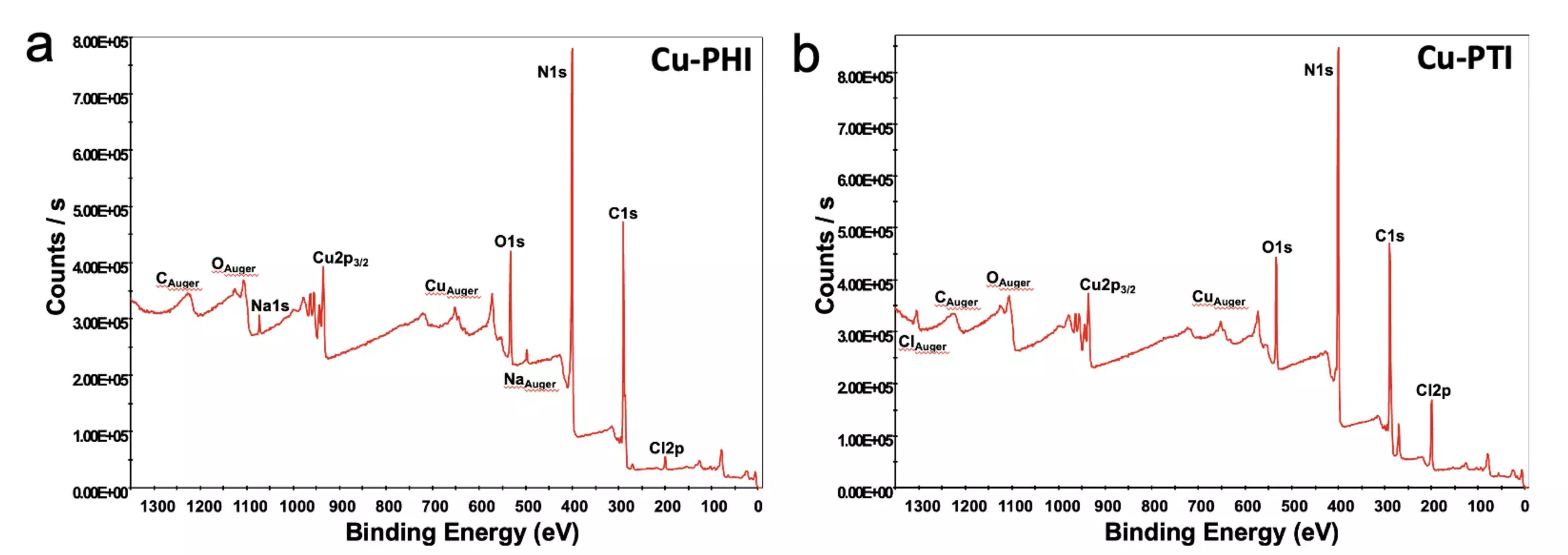As technologies for removing carbon from the atmosphere continue to improve, the challenge remains to find efficient and effective solutions for what to do with the captured carbon. However, researchers at Rice University may have found a breakthrough. Pulickel Ajayan and his team have developed a method that allows for the conversion of carbon dioxide into methane, a valuable fuel and industrial feedstock. This method utilizes electrolysis and catalysts that have been modified by grafting isolated copper atoms onto two-dimensional polymer templates. This discovery could play a vital role in closing the artificial carbon cycle and achieving carbon conversion at meaningful scales.
The key to this new method lies in the creation of efficient and affordable catalysts. The researchers used polymer templates made of alternating carbon and nitrogen atoms, which possess tiny pores where copper atoms can be placed at varying distances from one another. By displacing the host metal ions in the polymer templates, the catalysts assemble at room temperature in water. When tested in a reactor, these catalysts proved successful in reducing carbon dioxide to methane in one half of the cell, while simultaneously producing oxygen from water in the other half.
Through their research, the team discovered that manipulating the distances between the copper atoms significantly lowered the energy required for key reaction steps. This finding led to a higher rate of selectivity and efficiency in the production of methane. By having nearby copper atoms cooperate, the chemical conversion process was accelerated, resulting in the rapid and efficient electrolysis-based conversion of carbon dioxide to methane.
The catalysts developed by Ajayan and his collaborators have achieved one of the most efficient and rapid carbon dioxide to methane conversions through electrolysis to date. This advancement not only contributes to our fundamental scientific understanding but also opens up possibilities for industrial translation and large-scale implementation of electrochemical carbon dioxide reduction technology. However, further advancements are needed to address system-level energy and carbon conversion efficiencies. The affordability and efficiency of materials like the ones developed in this study will play a crucial role in catalyzing the industrial application of this technology.
Pulickel Ajayan, the lead researcher of this study, emphasizes the importance of designing and developing novel catalysts in addressing the energy and sustainability challenges we face. Single-atom dispersed catalysts, such as the ones used in this research, offer a promising approach to overcome these challenges. By modulating the arrangement of copper atoms on the polymer templates, the research team was able to optimize the energy requirements and achieve high rates of methane production. The development of novel catalysts like these will play a central role in advancing research in the field of carbon dioxide conversion.
The development of a new method for converting carbon dioxide to methane fuel brings us one step closer to an effective solution for carbon capture and utilization. By utilizing electrolysis and innovative catalysts, researchers at Rice University have achieved impressive results in terms of efficiency and selectivity. The ability to convert carbon dioxide into a valuable fuel has significant implications for the energy industry and can contribute to the reduction of greenhouse gas emissions. Further research and development are needed to improve system-level efficiencies and ensure the industrial translation of this technology. With the continuous innovation and refinement of catalyst design, we are moving closer to a sustainable future with reduced carbon emissions.


Leave a Reply